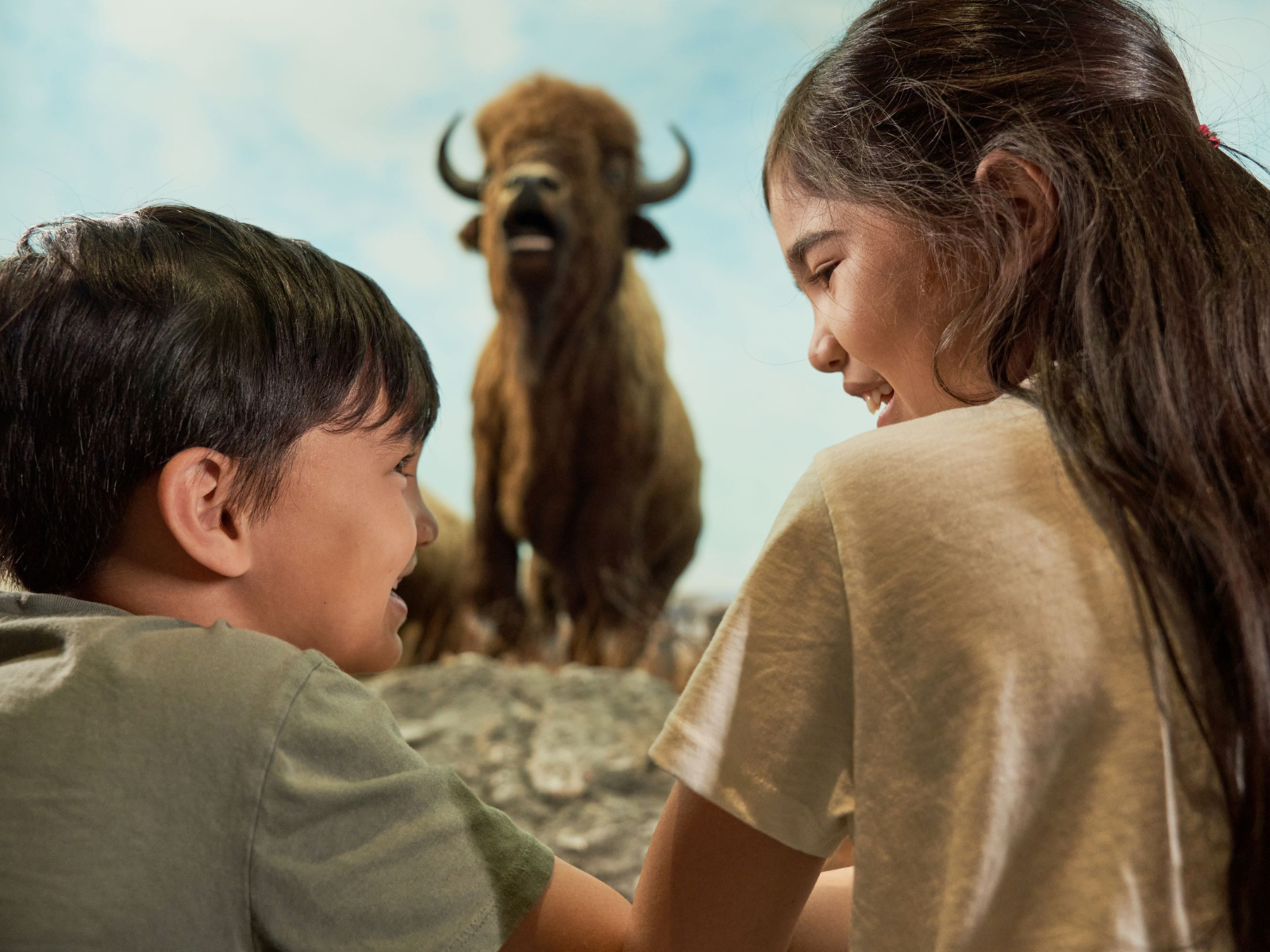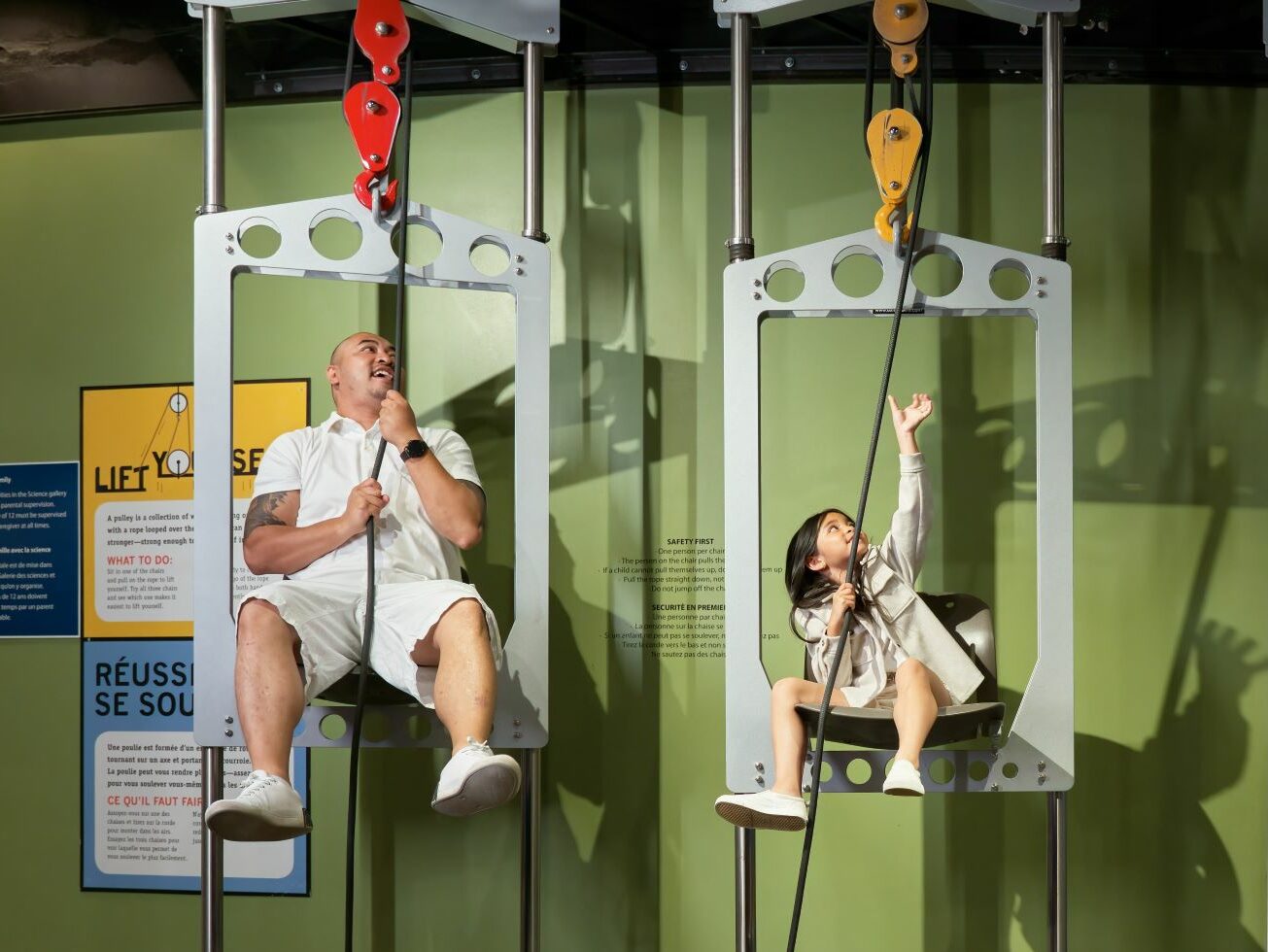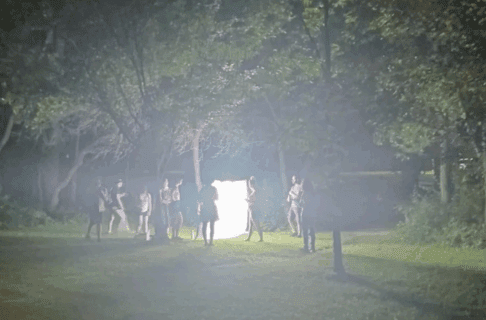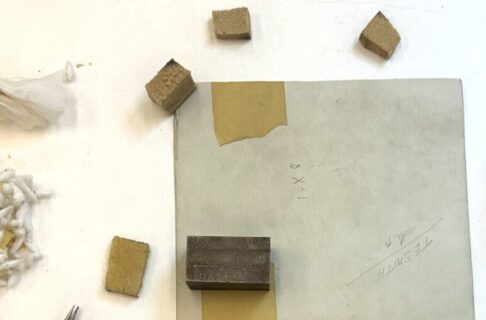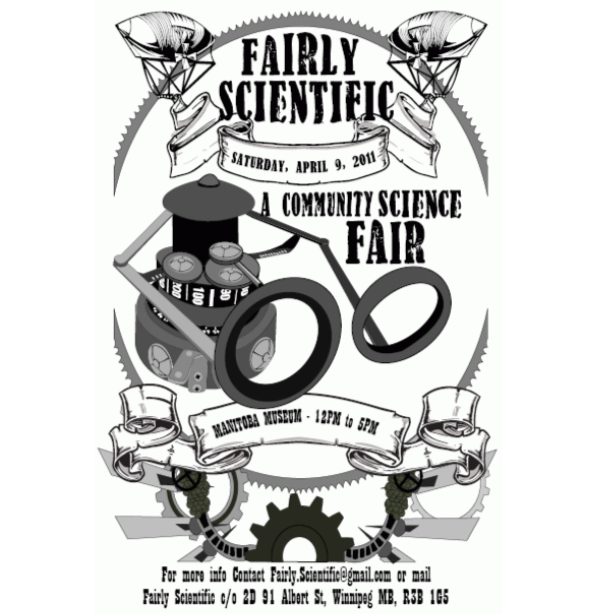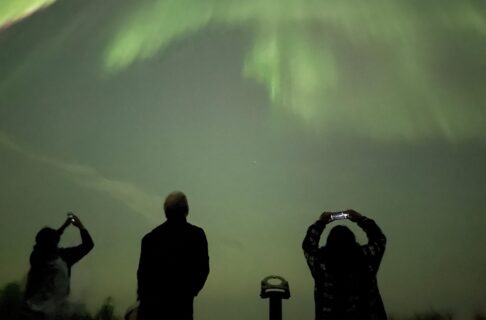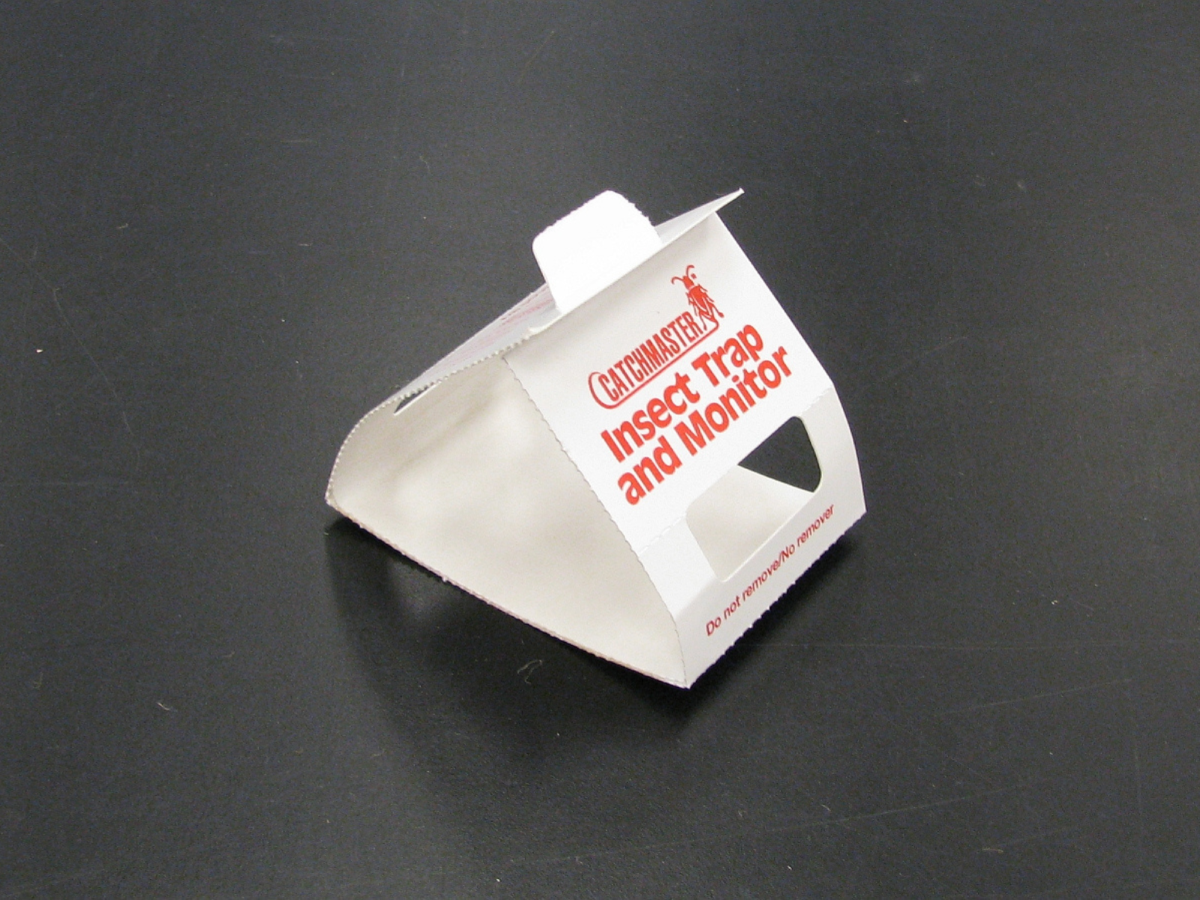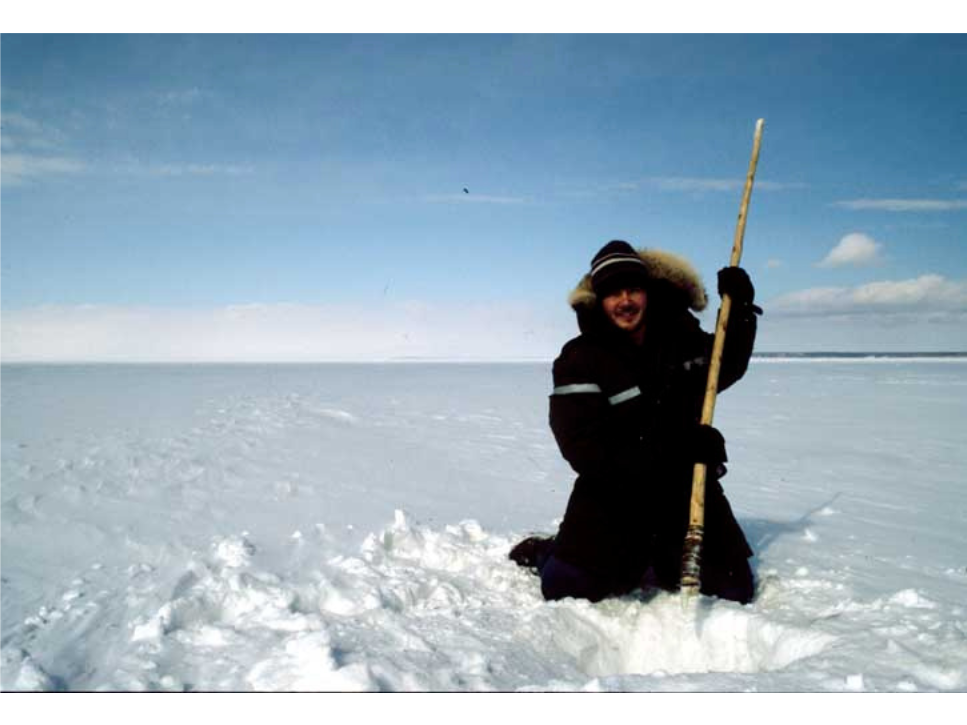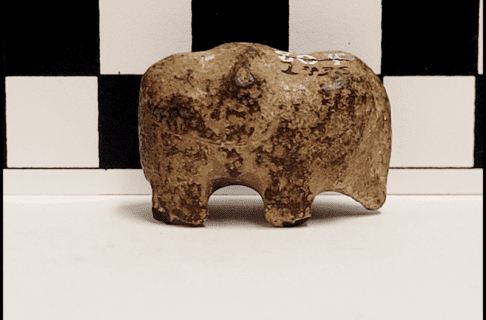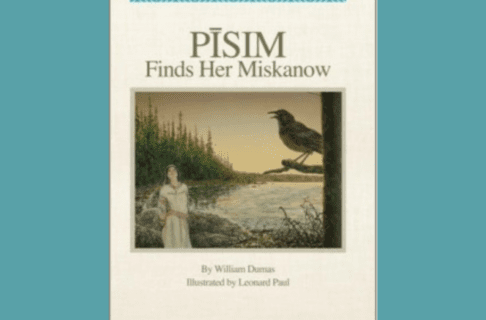Posted on: Monday March 28, 2011
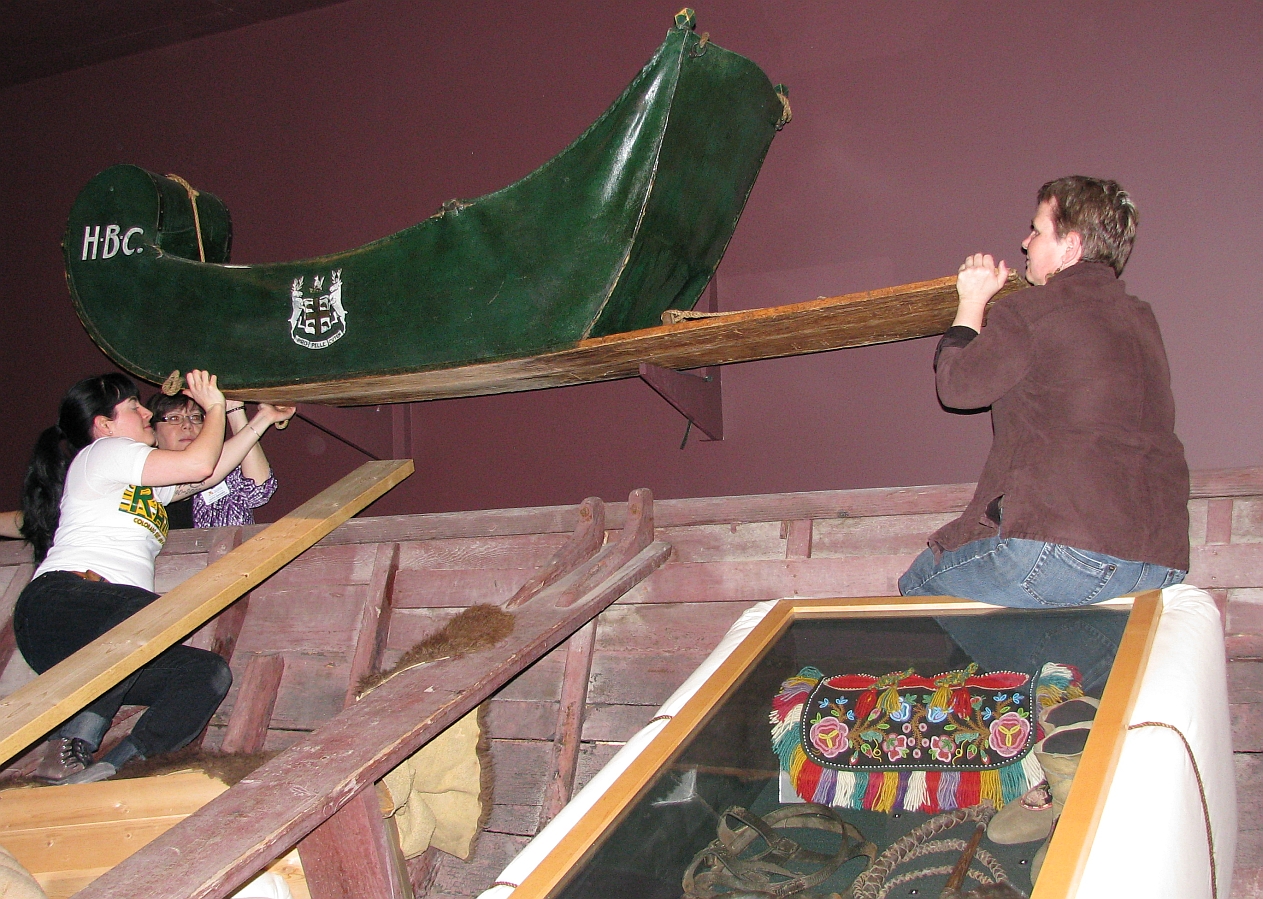
Recently, researcher Tim Worth requested access to the cariole, a toboggan-like sled, on exhibit in the Hudson’s Bay Company Gallery. Curator Katherine Pettipas agreed it would be a good opportunity to clean the cariole and assess its current condition. The work was scheduled for a Monday, a closed day, to minimize disruption for any visitors. Conservators Ellen Robinson and Lisa May, with assistance from Tim Worth and myself, took the cariole off its shelf, put it on a dolly and took it up to the HBC Lab, where Tim was able to make a thorough examination. He was joined by conservator Rick Lair from Parks Canada, a furniture and wood expert. While the cariole was in the lab, Ellen took the time to give it a thorough vacuuming, inside and out.
Image: The cariole is lifted off its shelf.
Collections Assistant Nancy Anderson took numerous photos to enhance the conservation documentation. The interior fabric, a luxurious velvet, had undergone previous conservation treatment by Parks Canada conservator Lorrie Storr. Tim completed his examination and the cariole was returned to its exhibit location at the end of the day. All in all, many people were pleased!
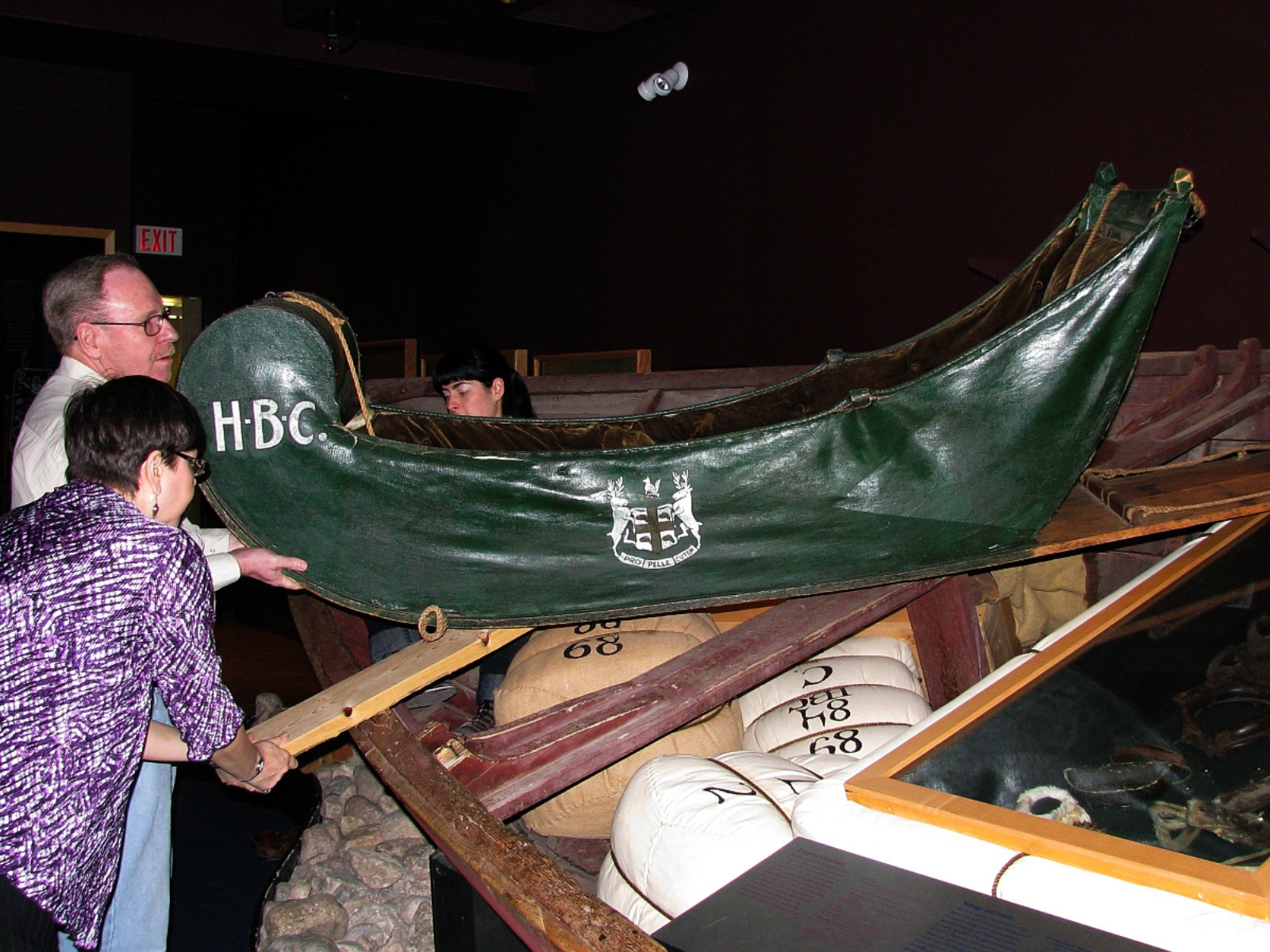
We slid the cariole down on a piece of wood.

We all wanted to take a good look.

Rick and Tim look at construction details while Ellen vacuums the interior.

The damage has been repaired with a backing fabric.
